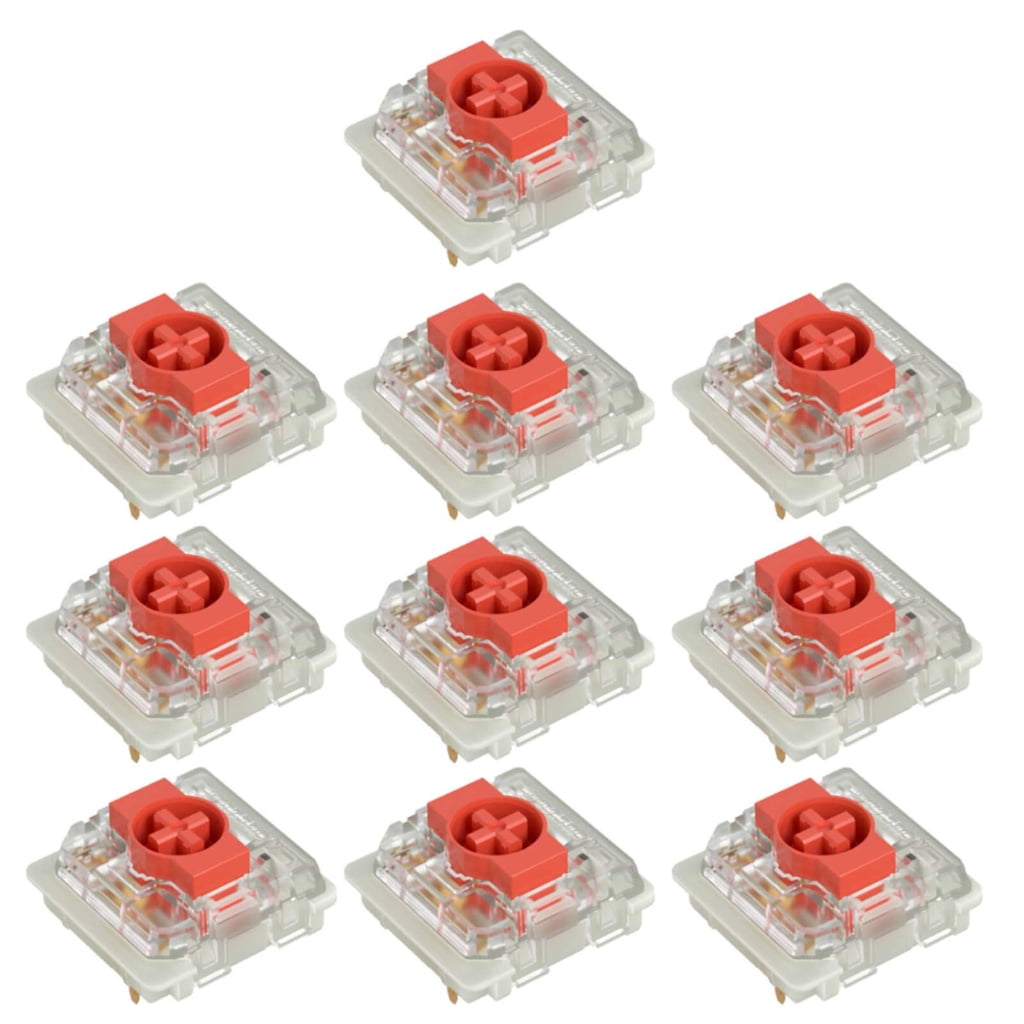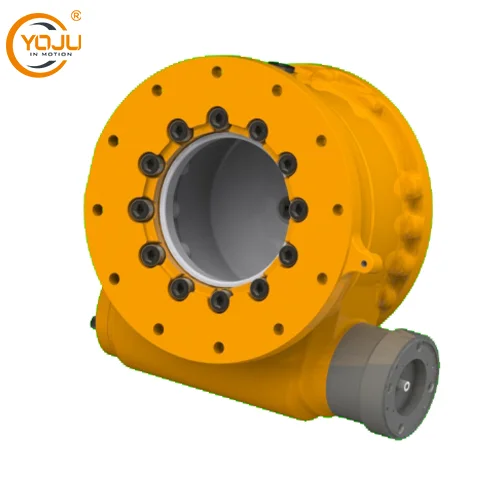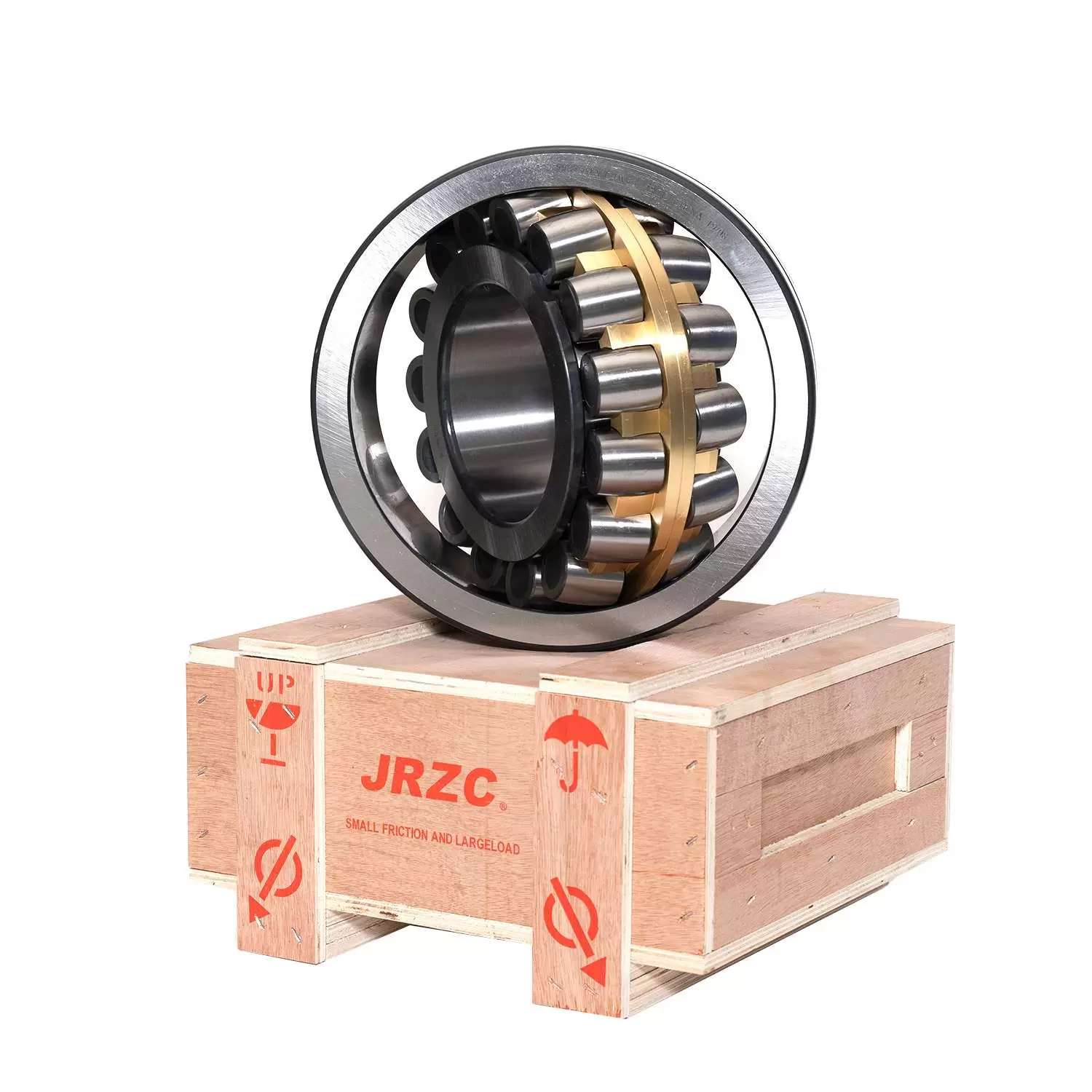Switches are an essential component in networking, allowing devices to communicate with each other. They are used to connect multiple devices in a local area network (LAN) and are responsible for forwarding data packets between devices. While switches offer many advantages, such as increased network speed and efficiency, there is one significant disadvantage that you need to be aware of.
The biggest disadvantage of switches is their vulnerability to security threats. Switches are susceptible to various types of attacks, including MAC address spoofing, VLAN hopping, and denial-of-service (DoS) attacks. These attacks can compromise the security of your network, leading to data breaches, network downtime, and other serious consequences.
MAC address spoofing is a common attack that involves changing the MAC address of a device to gain unauthorized access to the network. This attack can be prevented by implementing port security, which limits the number of MAC addresses that can be connected to a switch port.
VLAN hopping is another type of attack that exploits the vulnerabilities in the switch's VLAN configuration. Attackers can use this technique to gain access to other VLANs on the network and steal sensitive information. To prevent VLAN hopping, it is essential to configure VLANs properly and implement VLAN access control lists (ACLs).
DoS attacks are a type of attack that floods the network with traffic, causing it to become overloaded and unresponsive. This type of attack can be prevented by implementing rate limiting and traffic shaping on the switch.
In conclusion, while switches offer many advantages, their vulnerability to security threats is a significant disadvantage that cannot be ignored. To ensure the security of your network, it is essential to implement proper security measures, such as port security, VLAN access control lists, and rate limiting. By doing so, you can protect your network from potential security threats and ensure its smooth operation.




More Stories
Double Row Spherical Roller Bearing Installation for Vibrating Screens
Total Organic Carbon Analyzer for WFI and PW Quality Control
Optimize Production With Electrophoretic Coating Line Solutions Worldwide